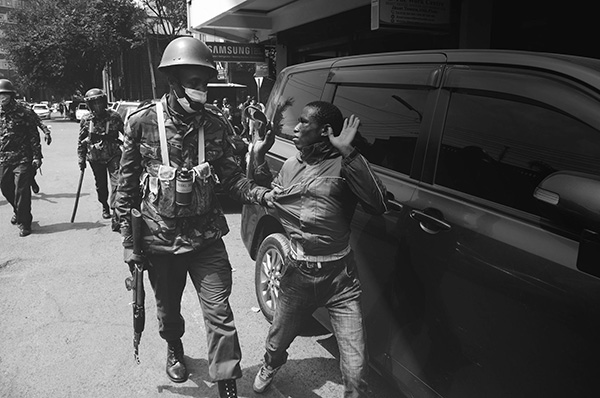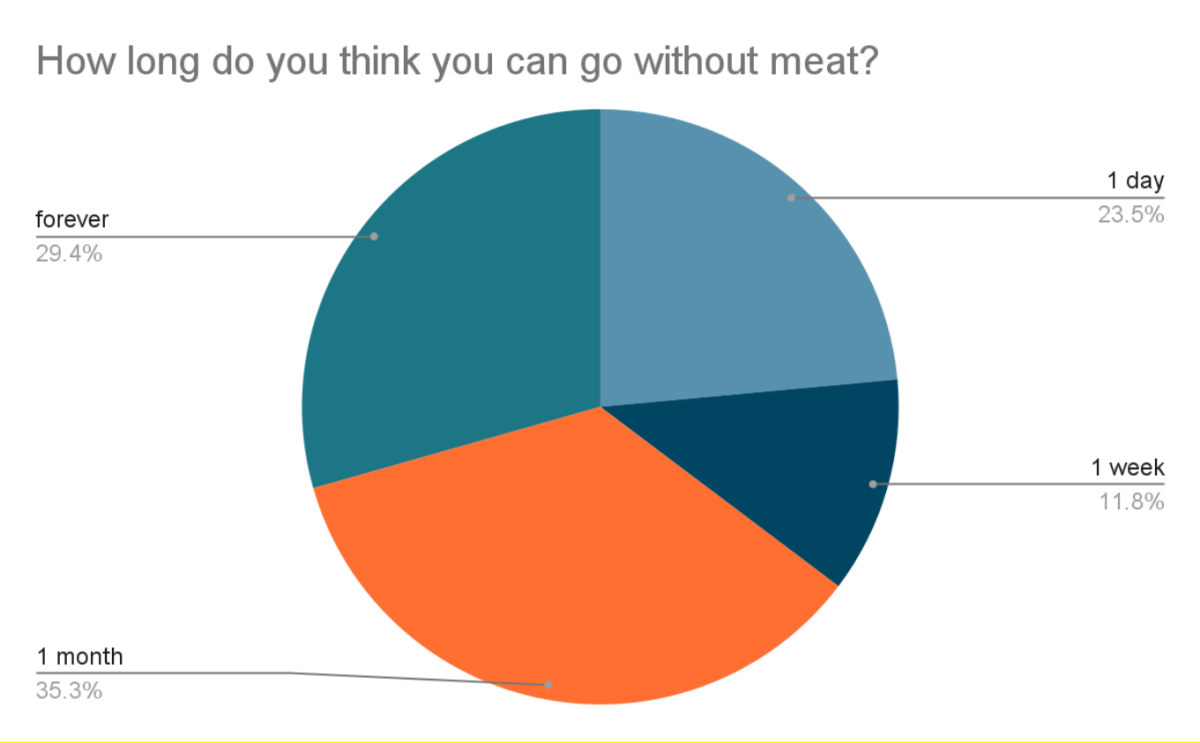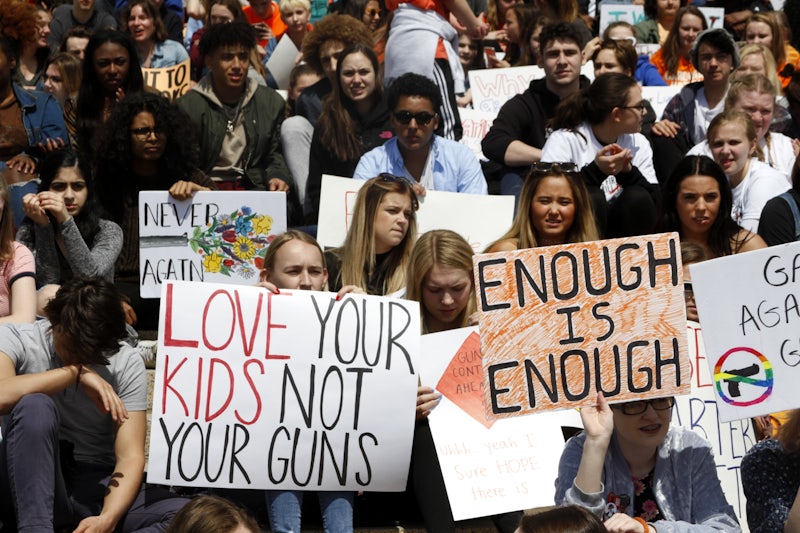Police brutality remains a pressing issue in the United States, highlighted by a series of high-profile incidents that have sparked national outrage and calls for reform. Recent reports from The New York Times detail numerous cases where excessive force has led to severe injuries or fatalities, particularly among impoverished communities. The numbers around police killings are shocking and difficult to find. Mapping Police Violence writes, “While the Federal government announced in 2016 that they would begin collecting data on deadly force incidents, they have proved either unwilling or unable to do so.” Independently they collected the following data: at least 1,252 people were killed by police in 2024. More people were killed by police in 2024 than in any other year in the past decade. New Mexico had the highest rate of killings by police of any state in 2024. Over the past decade, New Mexico has consistently had one of the highest rates of police violence in the nation. 97% of people killed by police in 2024 were killed by police shootings. Tasers, physical force, and police vehicles accounted for most other deaths, Officers were charged with a crime in only 9 of these cases. Less than one percent of all killings by police. Each year, fewer than 3% of killings by police result in officers being charged with a crime. Officers are disproportionately prosecuted by Black prosecutors, especially Black women. Representing only 1% of the nation’s elected prosecutors, Black women were 8% of prosecutors who charged officers for killing someone, 11% of prosecutors convicting officers, and 16% of prosecutors charging officers in two or more deadly force incidents from 2013-2024. I was able to identify the officers in all 167 cases. At least 8 had shot or killed someone before. Most killings began with police responding to suspected non-violent offenses or cases where no crime was reported. 152 people were killed after police stopped them for a traffic violation. In 2024, California Assembly Bill 2773 went into effect. This law requires police to state the reason for any traffic stop before asking any questions, preventing police from using minor traffic violations as a pretext to question and investigate people for unrelated issues.
Tennessee moved in the opposite direction: enacting a new law in 2024 that blocks cities from restricting police traffic enforcement. This law threatens to undo the progress made in Memphis, where city council members restricted enforcement of minor traffic violations after Memphis police killed Tyre Nichols in 2023, 117 people were killed after police responded to reports of someone behaving erratically or having a mental health crisis. At least 25 states had official data collection and/or reporting requirements in effect for police use of force in 2024. However many states do not require their databases to be made publicly accessible, and even when the data is made public it’s often incomplete. For example, New York reported fewer than 30% of all police killings in 2024 due to some of the state’s largest law enforcement agencies including the NYPD not reporting cases to the state.
One notable incident involved the death of Tyre Nichols in January 2023, where footage revealed officers using excessive violence during a traffic stop. The Times found no verbal communications or actions by officers during the encounter that signaled Mr. Nichols posed a potential threat or was even acting aggressively. Yet each of the six officers immediately used physical force. This tragic event reignited debates over police practices and accountability, shedding light on systemic issues within law enforcement. As The New York Times reported, Nichols’ death led to widespread protests and renewed demands for police reform, including calls for better training and de-escalation tactics. The analysis also found the officers’ actions lacked coordination and served no clear tactical purpose. They continued to escalate their use of force even as Mr. Nichols became increasingly incapacitated and incoherent.
Additionally, data published by The New York Times indicated a troubling trend in the use of force by police. Statistics show that the number of fatal encounters with police has not significantly declined in recent years, despite heightened scrutiny and demands for change. This persistence highlights the need for comprehensive reforms that address not only police behavior but also underlying systemic inequalities. I mean we’re talking about six officers who threatened, chased, and beat Mr. Nichols after he was pulled over for alleged reckless driving. The videos do not show what initially prompted the traffic stop.
Furthermore, the impact of police brutality extends beyond individual incidents. Communities affected by violence often experience long-term trauma and distrust in law enforcement, which can erode public safety and community relations. As citizens advocate for justice and accountability, it is crucial to engage in meaningful dialogue and implement effective policies that prioritize the rights and dignity of all individuals no matter their race, religion, gender, or ethnicity. According to the New York Times, Herman Whitfield III had told officers “I’m dying” and that he couldn’t breathe after one of the officers deployed a Taser, according to body camera footage, after he was handcuffed and placed face down by the officers, who were responding to reports that he was having a mental health crisis. Officer Sanchez, an officer who took place in the tragedy faced a second count of involuntary manslaughter for using a Taser on Mr. Whitfield, but that charge was dismissed before trial, according to one of the officer’s lawyers. According to Chris Bailey, the chief of police for the Indianapolis Metropolitan Police Department.
In conclusion, the recent evidence from The New York Times & Mapping Police Violence shows the urgent need to confront the issue of police brutality and its far-reaching consequences. Reform is essential to ensure that law enforcement serves and protects all communities fairly and justly. The fight against police violence is ongoing, and it requires collective action from individuals, communities, and legislators to create lasting change. It’s 2025, we should have a police force that protects and serves, not kill people.


















